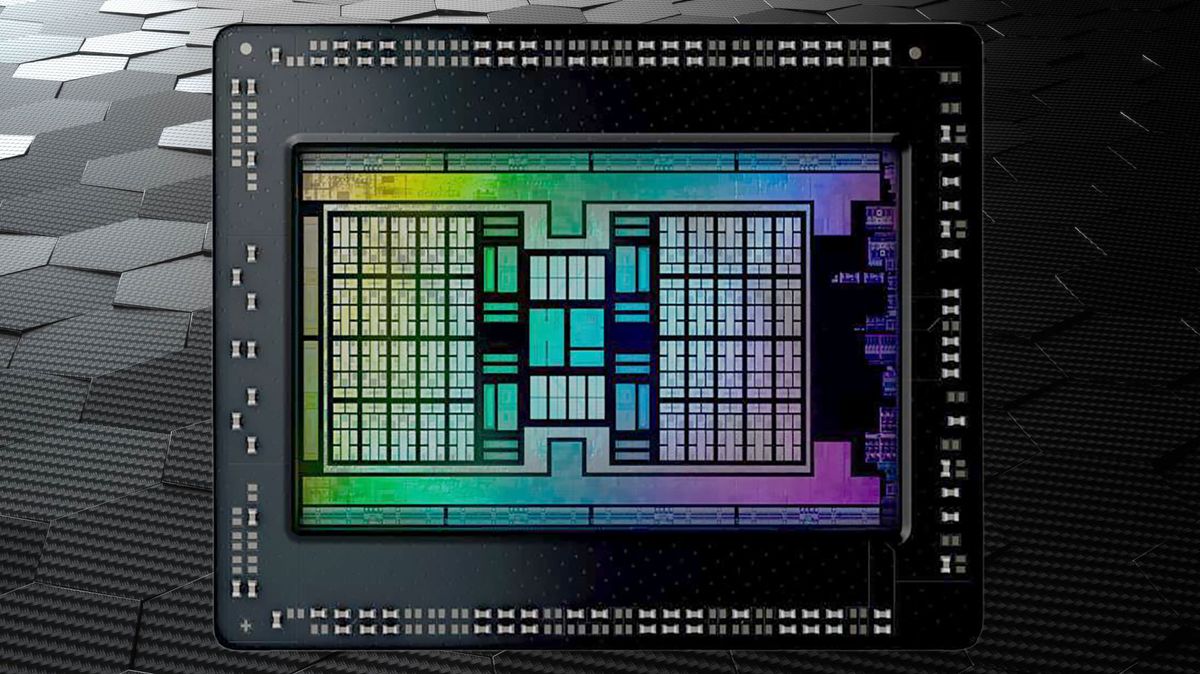but the 'single gpu' part maybe why they need xylinx fpga
Nah, FPGA tech acquisition is just about diversifying and remaining competitive with Intel.
Not counting ML optimised HW in CDNA (or splitting compute/gaming uArch), the Xilinx acquisition represents the first major diversification AMD has made in years.
If they had not been in dire straits financially for at least half a decade they might have bought into FPGA tech much sooner, as it is they had to prioritise belt tightening and core uArch R&D to keep going - now they have regained investor confidence a lot* and can afford to splurge on new investments.
Right now Qualcomm has bought Nuvia I believe in response to Samsung/RDNA as much as for it's competitive CPU possibilities - it remains to be seen just how well prepared Qualcomm's Adreno team were for the last couple of years DX12 Ultimate and Vulkan RT features, so they may be facing uncertain times unless they also cut a deal with AMD (or IMG Tec for Wizard/Caustic RT licensing).
*if in part due to Intel's process foibles vs their fabless model.



